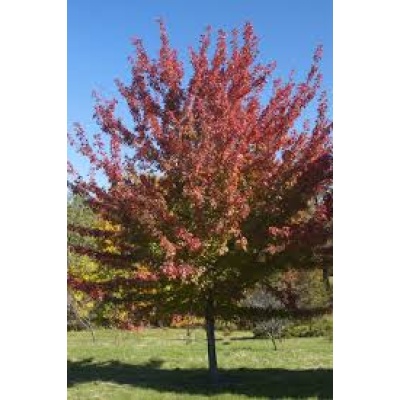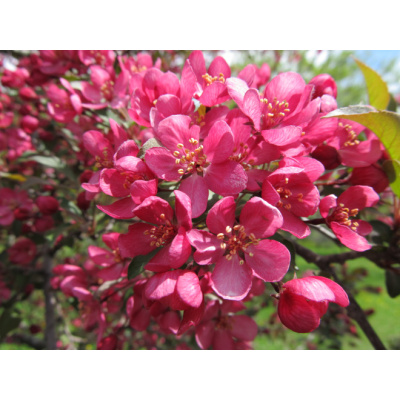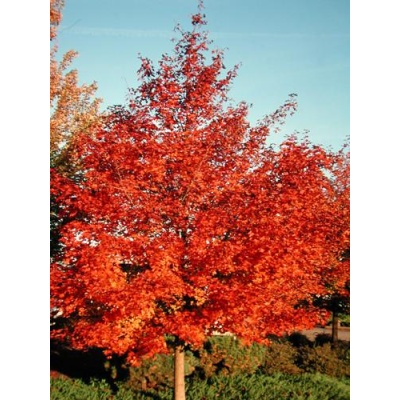Description
 Gladiator™ Crabapple
Gladiator™ Crabapple
Malus x adstringens ‘Durleo’ PP20,167
Gladiator™ is an excellent ornamental tree with a profusion of bright pink flowers followed by small reddish-purple fruit on a stately, upright crown. Glossy bronze-purple leaves look lush all growing season long and have high disease resistance. Gladiator is an ideal ornamental tree for space-challenged sites including under power lines, as a small boulevard tree or planted in a row for a screen.
-
- Height: 20′
- Width: 9′
- Exposure: Full Sun
- Zone: 2-8
- Foliage: Bronze-purple
- Watering: Medium
- Fertilizing: Balanced NPK
- Pruning: Late winter




Reviews
There are no reviews yet.